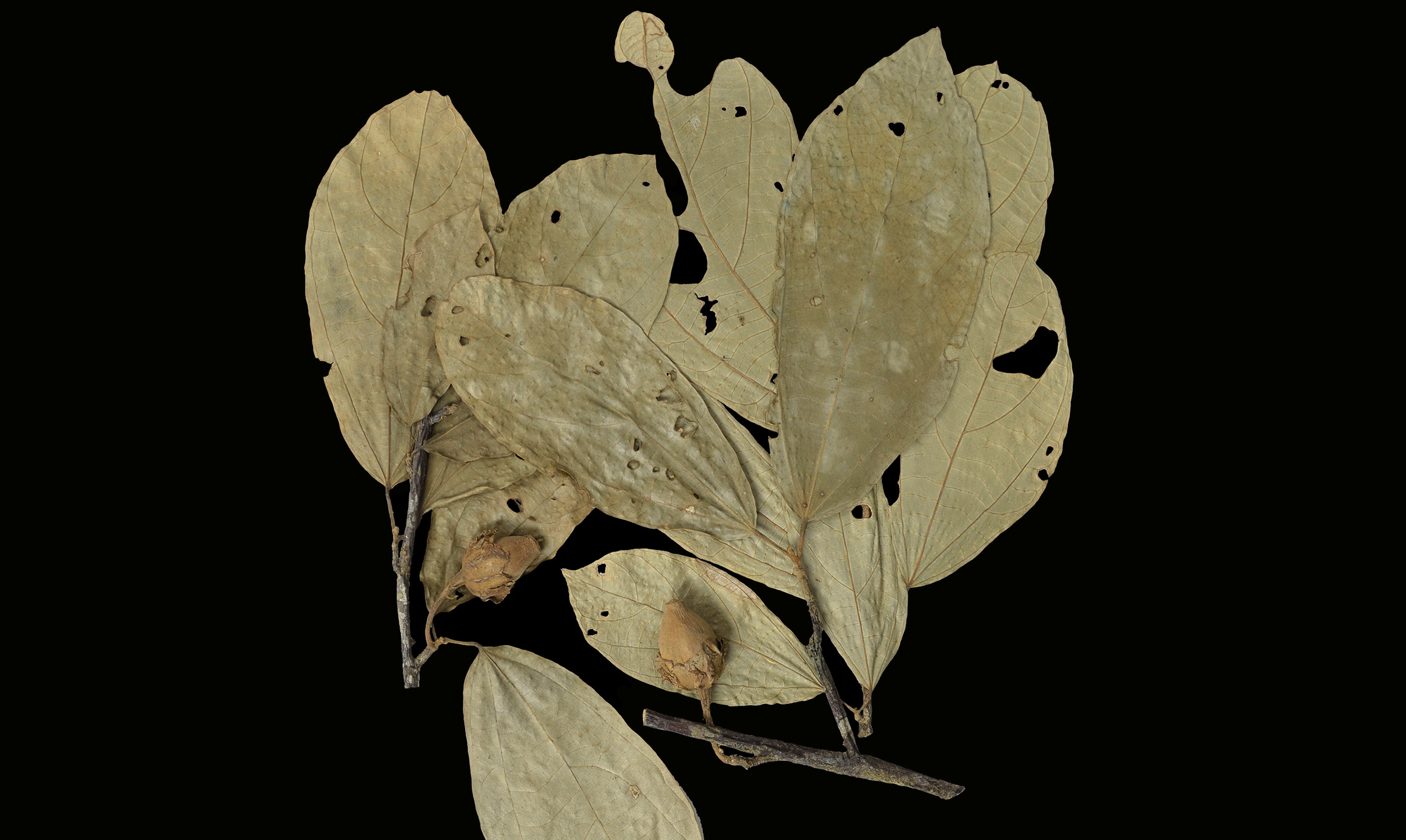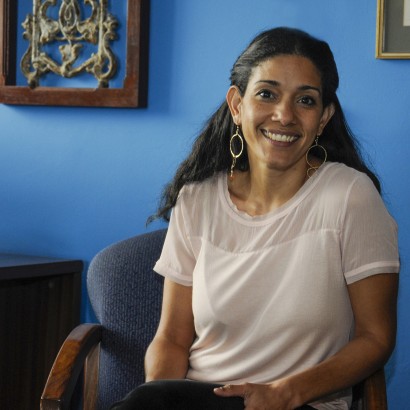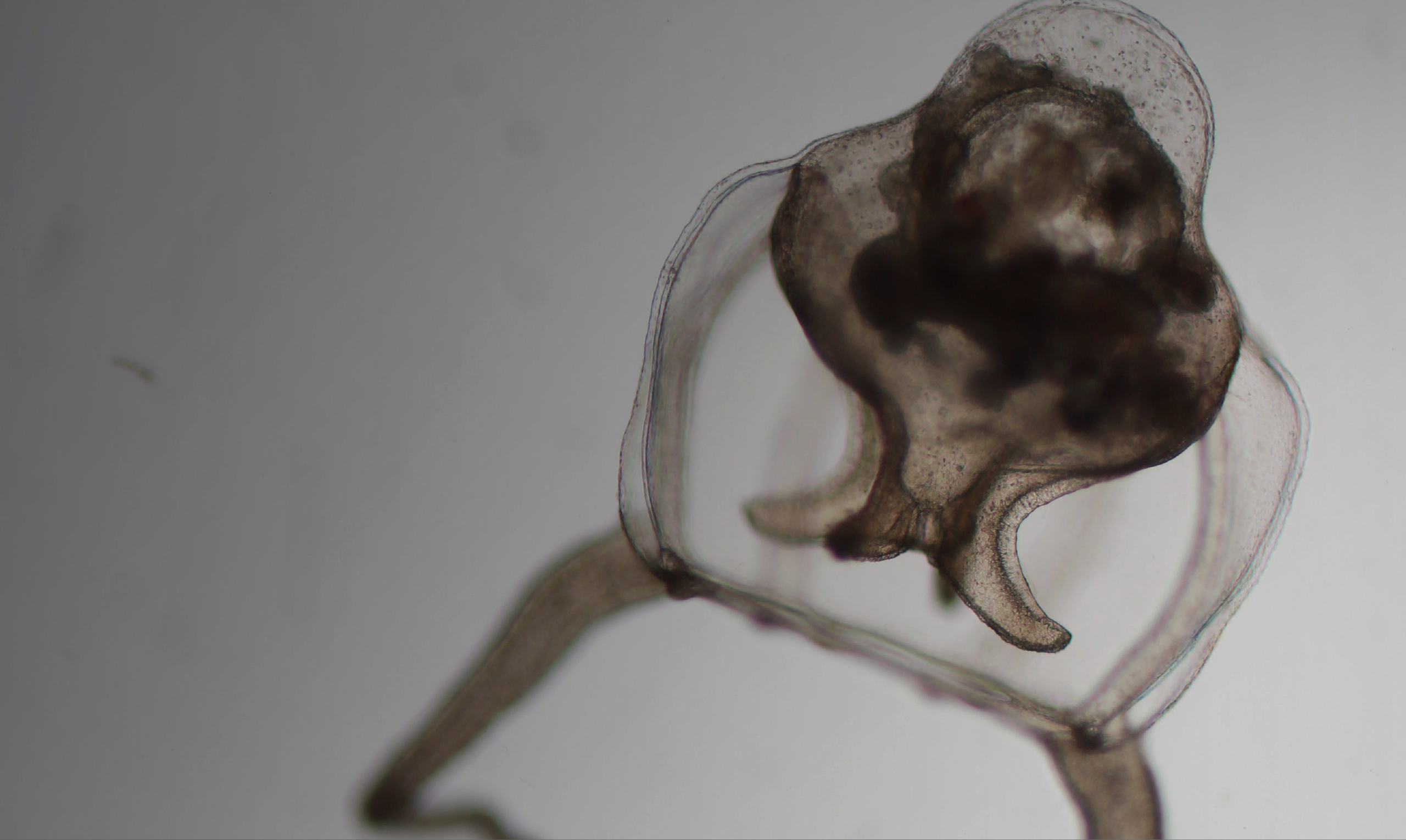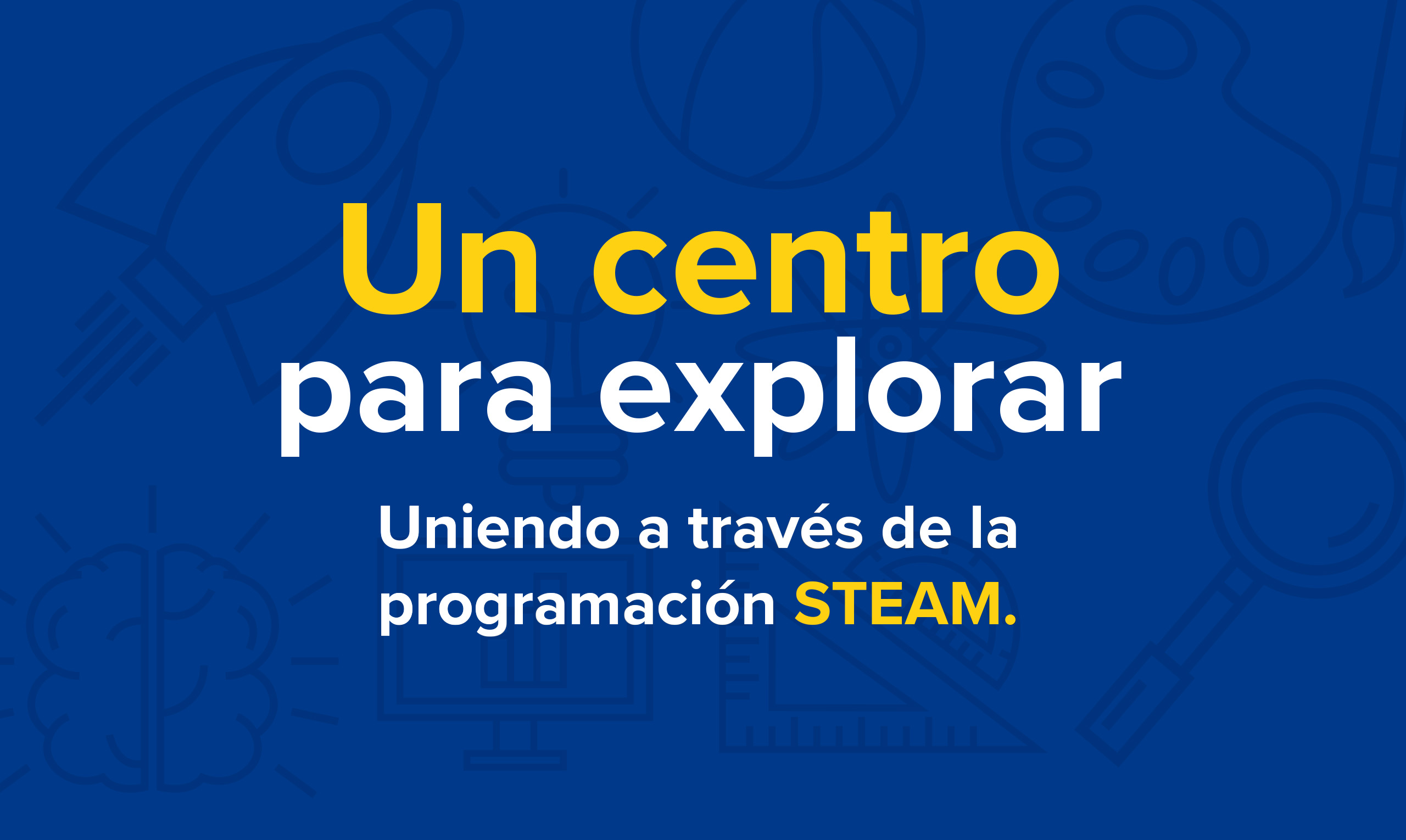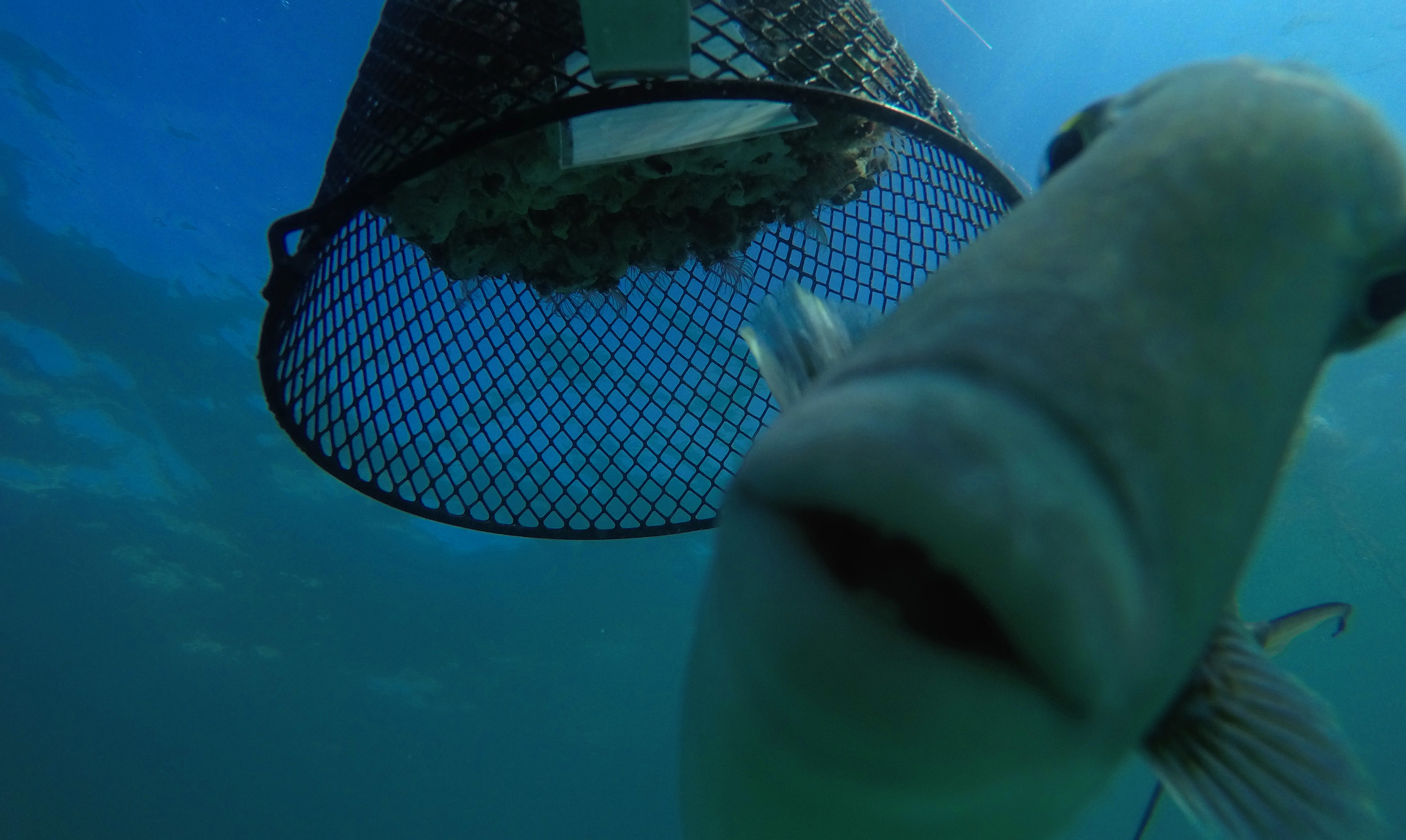Shellock, R. J., Cvitanovic, C., Mackay., M., McKinnon, M. C., Blythe, J., Kelly, R., van Putten, I.E., Tuohy, P., Bailey, M., Begossi, A., Crona, B., Fakoya, K. A., Ferreira, B. P., Ferrer, A. J. G., Frangoudes, K., Gobin, J., Goh, H.C., Haapasaari, P., Hardesty, B. D., Häussermann, V., Hoareau, K., Hornidge, A. K., Isaacs, M., Kraan, M., Li, Y., Liu, M. L., Lopes, P. F. M., Mlakar, M., Morrison, T., Oxenford, H., Pecl, G. T.., Penca, J., Robinson, C., Selim, S., Skern-Mauritzen, M., Soejima, K., Soto, D., Spalding, A. K., Vadrot, A., Vaidianu, N., Webber, Wisz, M. C. (2022). A global perspective on turning barriers into enablers of female leadership within interdisciplinary marine research organisations. OneEarth.
Crosman, K., Allison, E. A., Ota, Y., Cisneros-Montemayor, A., Swartz, W., Bailey, M., Barclay, K. M., Blume, G., Colléter, M., Fabinyi, M., Faustman, E. M., Griffin, P. J., Hanich, Q., Harden-Davies, H., Kelly, R. P., Kenny, T., Klinger, T., Kittinger, J., Nakamura, K., Pauwelussen, A., Pictou, S., Rothschild, C., Seto, K. L., Singh, G., Spalding, A. K. (2022). Social Equity is Key to Sustainable Ocean Governance. Ocean Sustainability. 1(1): 1-9.
Sullivan-Stack, J., D'Iorio, M., Spalding, A. K., Chan, F., Pearsall, D., Maxwell, S., Aburto, O., Brooks, C., Duffy, E., Friedlander, A., Gaines, S., Gerber, L., Hines, E. M., Leslie, H., Lester, S., Lynham, J., McCauley, D., Micheli, F., Nickols, K., Palumbi, S., Pike, B., Pikitch, E., Sala, E., Sancho, G. A., Suman, D. O., Wilhelm, A., Wenzel, L., Sykora-Bodie, S., Fulton-Bennett, H., Cabral, R., Bradley, D., Mayorga, J., Dunn, D., Grorud-Colvert, K., Hinrichs, S., Fonseca, K., Shrestha, J., Cheng, S. (2022). A Scientific Synthesis to Inform Effective Protected Areas in the U.S. Ocean. Frontiers in Marine Science 9.
Grorud-Colvert, K., Sullivan-Stack, J., Roberts, C., Constant, V., Horta e Costa, B., Pike, P., Kingston, N., Laffoley, D., Sala, E., Claudet, J., Friedlander, A., Gill, D., Lester, S., Day, J., Gonçalves, E., Rand, M., Villagomez, A., Ahmadia, G., Ban, N.C., Gurney, G., Spalding, A. K., Bennett, N., Briggs, J., Morgan, L., Moffitt, R., Deguignet, M., Wenzel, L., Pikitch, E., Darling, E., Hameed, S., DiCarlo, G., Guidetti, P., Cury, P., Shah, N., Harris, J., Sack, K., Cao, L., Fernandez, M., Lubchenco, J. (2021). The MPA Guide: A Framework to Achieve Global Goals for Ocean Protection. Science 373(6560): eabf0861.
Spalding, A. K. and DeYcaza, R. 2020. Navigating Shifting Regimes of Ocean Governance: From UNCLOS to Sustainable Development Goal (SDG) 14. Environment and Society 11(1): 5-26.
Dundas, S. J., Levine A. S., Lewison R. L., Doerr A., White C., Galloway A. W. E., Garza C., Hazen E. L., Padilla-Gamiño J., Samhouri J. F., Spalding A. K., Stier A., White J. W. (2020). Integrating Oceans into Climate Policy: Any Green New Deal needs a splash of blue. Conservation Letters e12716.
Spalding, A. K. (2020). Towards a Political Ecology of Lifestyle Migration: Local Perspectives on socio‐ecological change in Bocas del Toro, Panama. Published online 30 January 2020. Area.
 navy-blue
navy-blue
